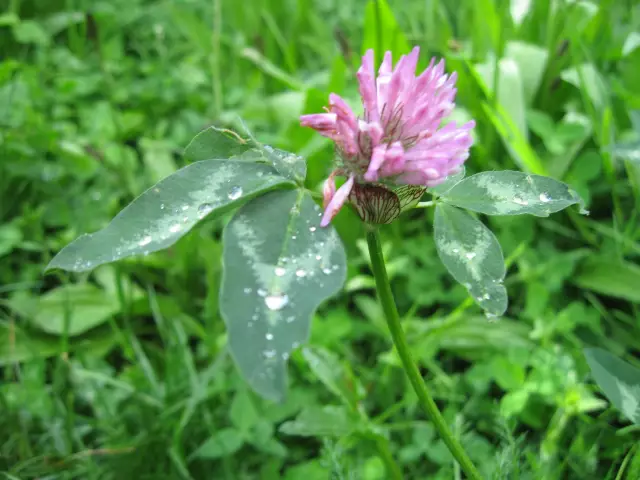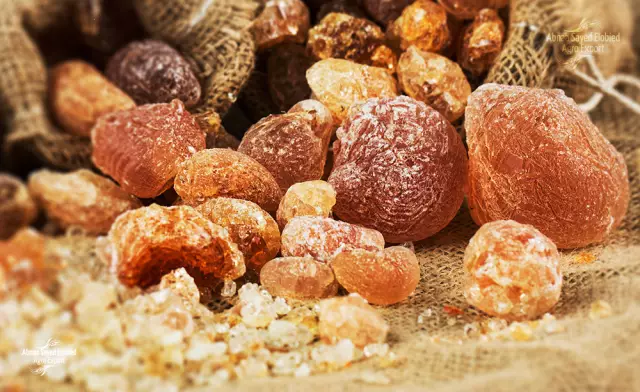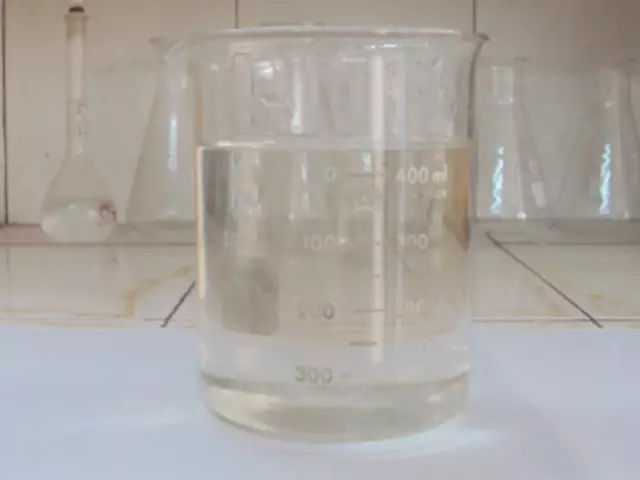- Author Rachel Wainwright [email protected].
- Public 2023-12-15 07:39.
- Last modified 2025-11-02 20:14.
Lilac
Instructions for use:
- 1. Description
- 2. Useful properties
- 3. Contraindications to use
Description of lilac

Lilac is a shrub from the genus Olive, growing wild in southeastern Europe, Asia, cultivated as an ornamental plant and for use in home medicine.
Flowers, lilac bark and buds are endowed with medicinal properties. The flowers are harvested along with the branches when the buds are tied. Dry them is advised tied in bunches and in the shade. Lilac leaves are collected in dry weather in June-July, they are dried, as well as flowers under a canopy or at 40-60 degrees in special dryers.
For medicinal purposes, the bark is cut only from young lilac bushes, sometimes it is harvested simultaneously with the leaves.
It is possible to store medicinal raw materials of lilac for only two years, in wooden closed boxes or bags made of natural fabric.
Useful properties of lilac
Means made from leaves, flowers, bark of a lilac bush have antimicrobial, antidiabetic, analgesic, diaphoretic, antipyretic, anti-inflammatory, diuretic effect.
Tea on lilac flowers, prepared as follows, has an anticonvulsant effect: 250 ml of boiling water is poured over 1 tablespoon of dried flowers, infused for 20 minutes, filtered. This lilac tea helps with epilepsy, you can drink it for several years.
For diarrhea, such a remedy is prepared: 250 ml of boiling water is poured over a tablespoon of lilac flowers, 60 minutes. insist, filter, take 3-4 rubles / day on a tablespoon or 30 drops 4 rubles / day.
Well relieves migraine headache ointment from lilac flowers: rub two tablespoons of raw materials with two tablespoons of butter and rub the forehead and temples during an attack.
The same lilac ointment can be used to lubricate sore joints with inflammation and injuries. With these diseases, it is recommended to drink an infusion of lilac flowers up to 4 times a day, 1 tablespoon. Lotions from the same infusion help with bruises, rheumatism of the joints - the bandage is changed 4-5 r / day.
With bronchial asthma, tuberculosis, pneumonia, an infusion on flowers and lilac buds relieves heat well: two tablespoons of table buds and flowers are poured in 250 ml of boiling water, kept for an hour, filtered. It is recommended to drink the infusion warm 3-4 r / day, 250 ml each.
For cystitis, an infusion on lilac flowers can be taken at 30 drops 3r / day, and a tincture on the leaves - 20 drops three r / day before meals.
Gargling with flower tincture can be done with laryngitis: insist on 100 g of vodka 50 g of flowers for a week. The resulting alcoholic tincture is diluted with boiled water 1:10 before rinsing.
Lilac infusion also helps with impotence: two tablespoons of fresh flowers (or one spoonful of dry ones) pour 500 ml of boiling water, stand for half an hour, filter. You need to drink the remedy 3 r / day after meals for 1/3 cup. An infusion of lilacs is prepared for two days at once, stored in the cold.

With inflammation of the kidneys, an infusion on the leaves of a lilac bush helps: pour two tablespoons of dry and crushed leaves with hot water (250ml), heat to a boil, remove and insist in warmth for 2-3 hours. Before use, the lilac infusion is filtered, squeezed. It should be drunk 4 r / day before meals on a tablespoon for 2 weeks. After 2-3 months, you can take the course again, if necessary.
Lilac buds are beneficial for diabetes. They are harvested in early spring, when they begin to swell. The broth is prepared as follows: 20 g of crushed dried lilac buds are poured with 250 ml of hot water, boiled for 15 minutes, filtered and boiled water is added to 250 ml. Drinking broth for diabetics is recommended for a tablespoon of 3 rubles / day.
In the description of lilac it is also indicated that not only dry leaves can be used for treatment. Fresh leaves of a bush heal well festering wounds, and before applying them, it is useful to wash the wound with infusion on the leaves.
In addition, a thoroughly washed lilac bark also heals purulent ulcers: the ulcer is first steamed and then covered with bark, fixed with a bandage. The bandage is changed on the first day of treatment 4 r / day, and then only one r / day.
Contraindications to the use of lilac
Lilac flowers are poisonous, so you should get qualified medical advice before starting treatment and do not abuse the tinctures on the flowers.
Information about the drug is generalized, provided for informational purposes only and does not replace the official instructions. Self-medication is hazardous to health!






